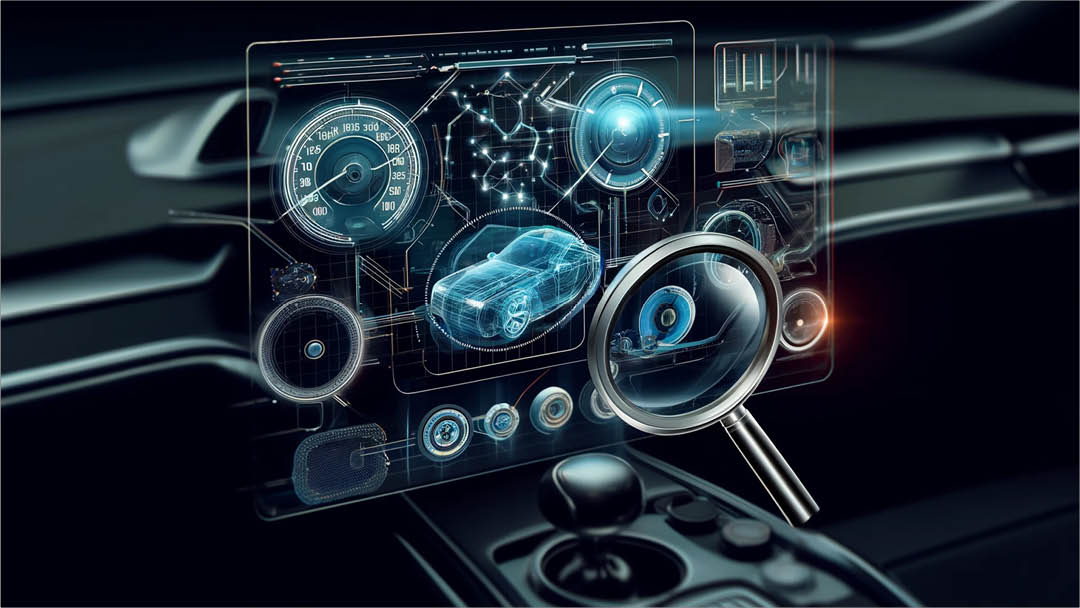The successful development of one of the world’s first connected Android-based Rear Seat Entertainment (RSE) system with third-party app store integration has significantly advanced the luxury car OEM’s market position. The system not only met regulatory requirements but also exceeded consumer expectations for seamless connectivity and intuitive interfaces. Key outcomes include enhanced system security, innovative software architecture, streamlined integration and development processes, compliance with automotive standards, and efficient Android power management.
Enhanced System Security
Acsia successfully met 280 complex security requirements set by the OEM, safeguarding the infotainment system against potential cyber threats. By leveraging advanced tools like the Microsoft Threat Modelling tool, Acsia effectively identified vulnerabilities and implemented robust security measures, ensuring the protection of critical vehicle functions and customer data from unauthorized access.
Innovative Software Architecture
Acsia introduced a hypervisor architecture that allowed two operating systems to run on the same System on Chip (SoC). This innovation separated critical automotive applications from third-party apps, enhancing overall system reliability and security by isolating essential functions from less secure applications.
Streamlined Integration and Development Process
Acsia handled software development, system integration, and testing, streamlining the customer’s development process. This comprehensive approach reduced complexity and coordination efforts, potentially shortening the development timeline and lowering costs associated with managing multiple vendors.
Compliance with Automotive Standards
Acsia adhered strictly to automotive industry standards through expert Android customization and security enhancements. This ensured the infotainment system’s functionality and safety, facilitating compliance with regulatory requirements crucial for the acceptance and success of automotive products in international markets.
Android Power Management in Automotive
Acsia enabled an efficient power management system by customizing Android to meet specific automotive power management requirements. This included developing custom native and Java applications to handle power triggers, manage wake locks, control display backlight, and handle shutdown processes, aligning with automotive standards.






